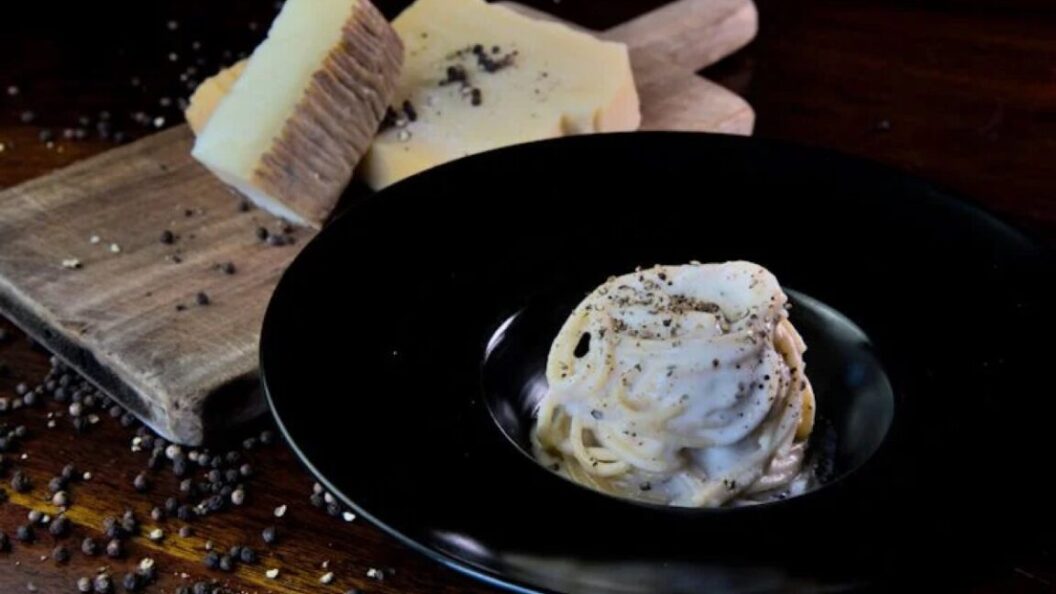The Science Behind Cacio e Pepe: A Culinary Exploration
Cacio e pepe, a classic Roman dish celebrated for its simplicity and rich flavors, has recently attracted the attention of scientists dedicated to unraveling the culinary physics that underpin its preparation. Authors Terlizzi and a fellow physicist are exploring the unique interactions between cheese, starch, and water, aiming not only to enhance cooking techniques but also to ensure that no valuable ingredients are wasted.
The Chemistry of Cacio e Pepe
In crafting the perfect cacio e pepe, the process begins with boiling pasta, releasing starch into the cooking water. Traditionally, cooks extract some of this starchy water to create a smooth sauce by blending it with cheese, which undergoes a critical transformation known as protein denaturation. This denaturation is crucial, as it influences the texture and consistency of the sauce. Terlizzi notes that "the more practical aim is to avoid wasting good pecorino," highlighting the balance between culinary tradition and scientific inquiry.
However, the researchers emphasize that temperature is not the only variable at play. Their investigation reveals a correlation between starch concentration in the cooking water and the degree of clumping observed when mixing pasta and cheese. The findings suggest that when cheese is combined with plain water, undesirable clumping occurs, whereas a starchy solution results in a smoother blend.
Experimentation and Findings
The authors conducted a series of experiments to study the phasing behavior of cheese, water, and starch under various conditions. They discovered that when cheese is mixed with “risottata”—pasta water that has been cooked down to a higher starch concentration—the clumping is significantly reduced. This method provides a smoother sauce, enhancing the final dish while also allowing cooks to utilize every precious ingredient.
Their research culminated in a phase diagram illustrating the interactions between these ingredients across a variety of temperatures and concentration levels. This diagram serves not only as a practical guide for chefs but also as a bridge between culinary art and food science.
Visualizing the Results
A detailed phase diagram was created to visually articulate the effects of varying starch and temperature conditions on the preparation of cacio e pepe sauce. The accompanying image illustrates the impact of trisodium citrate on the sauce’s stability, further aiding chefs in understanding how to achieve the ideal creamy consistency. The balance between art and science is emphasized through the use of standard kitchen tools, making the findings accessible to home cooks.
Implications and Conclusion
The significance of this research extends beyond improving a beloved dish; it represents a broader fusion of science and cooking that can lead to more informed culinary practices. Terlizzi’s and his colleague’s work offers a scientific lens through which cooks can refine their techniques, potentially revolutionizing how classic dishes are approached in modern kitchens.
As the dialogue between scientists and culinary professionals continues to evolve, this study reinforces the idea that every ingredient matters. By understanding the underlying physics and chemistry, cooks can not only enhance their dishes but also reduce waste, embodying a more sustainable approach to cooking. Ultimately, the exploration of cacio e pepe illustrates that the kitchen is a laboratory of flavors, textures, and, most importantly, possibilities.









